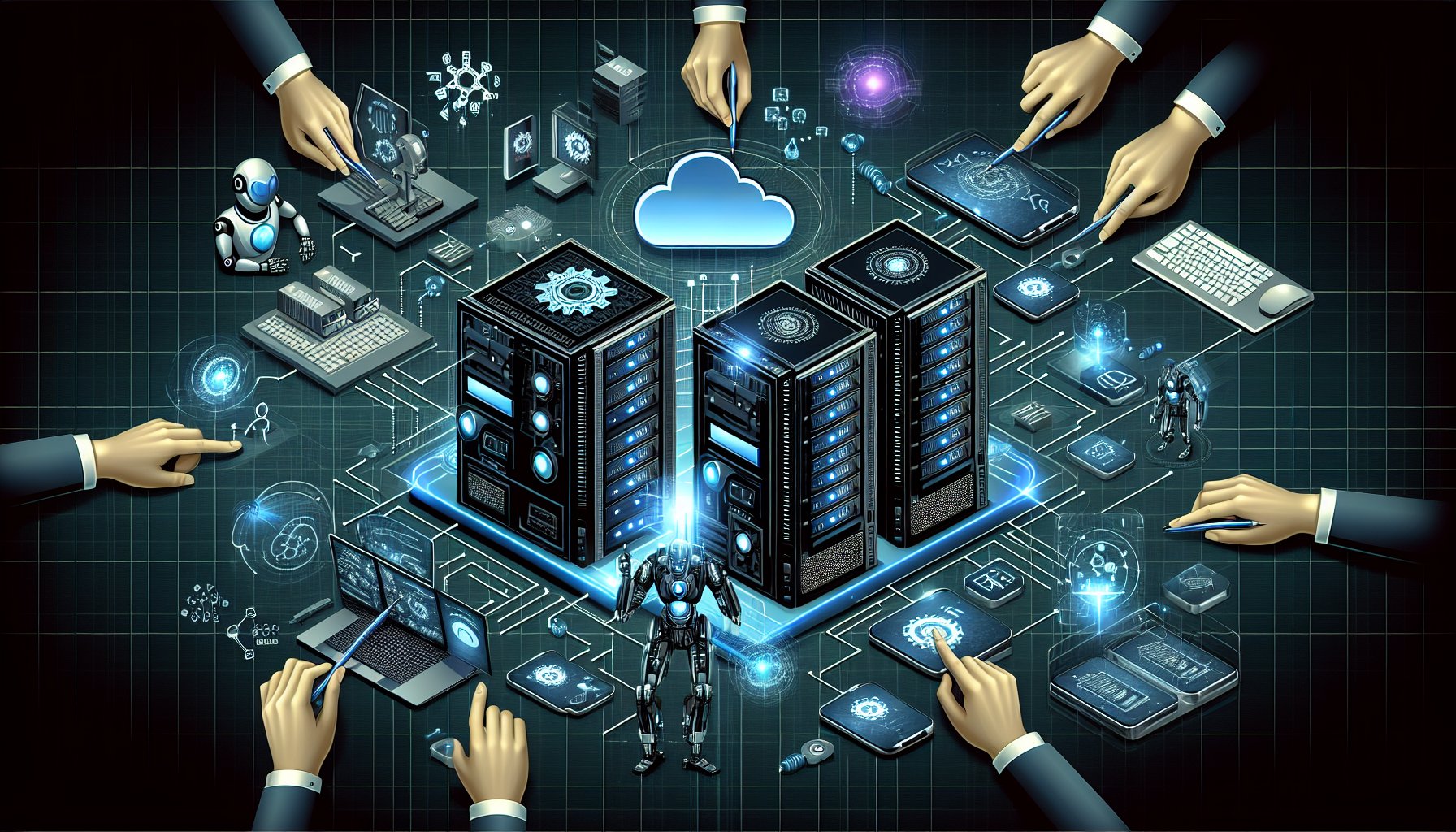Introduction
As we continue to navigate the ever-evolving landscape of IT development, DevOps has emerged as a crucial player in delivering high-quality software at an unprecedented speed. In this post, we will delve into the current and future practices of DevOps, highlighting the latest technologies and strategies that are pushing the boundaries of IT development.
Continuous Integration and Continuous Deployment (CI/CD)
CI/CD is a linchpin of modern DevOps practices. It enables developers to integrate code changes more frequently and reliably, while deployment pipelines automate the software release process. This level of automation helps reduce manual errors, improves efficiency, and accelerates the software delivery lifecycle.
Example: Harnessing the Power of CI/CD
Consider a modern development platform like GitLab. It offers a robust CI/CD environment with built-in pipelines to automate the testing and deployment process. This convenience allows developers to focus on what they do best: creating high-quality software.
Infrastructure as Code (IaC)
IaC is the process of managing and provisioning computing infrastructure through machine-readable scripts, rather than manual processes. It provides a consistent and repeatable environment, reducing the risk of human error and ensuring your infrastructure is always in the desired state.
Example: Leveraging IaC with Terraform
Terraform, an open-source IaC tool created by HashiCorp, enables developers to define and provide data center infrastructure using a declarative configuration language. It supports a multitude of platforms, ensuring flexibility in infrastructure management across different environments.
Microservices
Microservices are an architectural style that structures an application as a collection of loosely coupled services. This design allows teams to develop, deploy, and scale services independently of each other, leading to faster innovation and reduced risk.
Example: Implementing Microservices with Docker and Kubernetes
Docker and Kubernetes are two popular tools for building and managing microservices. Docker packages software into standardized units called containers, while Kubernetes serves as an orchestration platform for these containers. Together, they provide a robust framework for deploying and scaling microservices.
Cloud Computing
Cloud computing is pivotal in modern DevOps practices as it provides on-demand access to computing services. It enhances scalability, flexibility, and cost-efficiency of application deployment and development.
Example: Exploiting Cloud Capabilities with AWS
Amazon Web Services (AWS) is a comprehensive cloud platform offering over 200 fully-featured services. AWS provides a vast array of DevOps-friendly services such as AWS CodePipeline for CI/CD, AWS CloudFormation for IaC, and AWS Lambda for serverless computing.
Conclusion
The future of DevOps is here, and it is continuously evolving. Staying abreast of these emerging trends and technologies is critical for any modern IT professional. By embracing CI/CD, IaC, microservices, and cloud computing, you can leverage the power of modern DevOps to drive your software development efforts to new heights.
